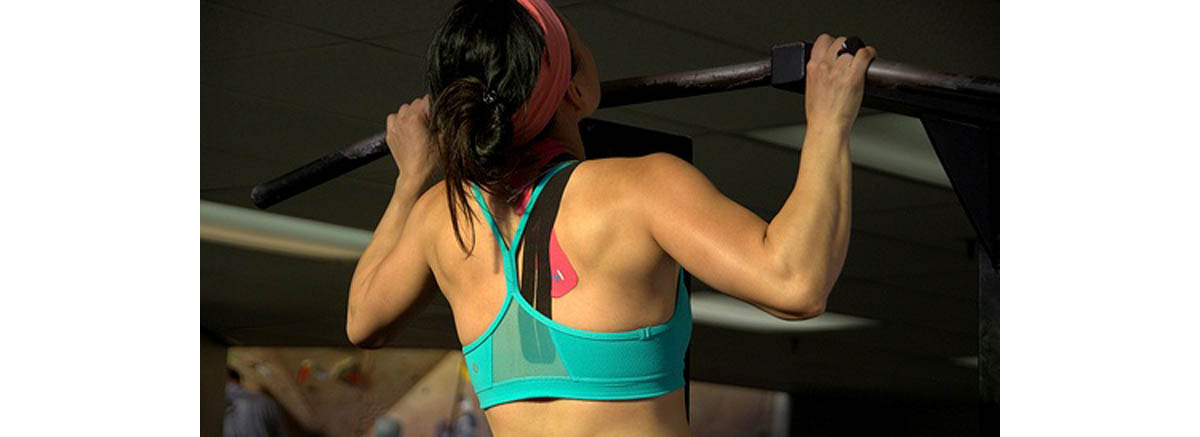Table of Contents
There are so many myths about exercise, many of which have enthusiastically been spread over the course of decades, that the truth is often hard to find. We've put together a list of the top 10 myths about exercise that just won't die. Rather than relying on old ideas, we are going to bring out the truth about exercise!

Here are the top 10 myths about exercise!
1. Lifting weights makes you bulky
Lifting weights will not make you bulky. Unless you want it to, that is. Lifting weights as a bodybuilder does, with short rests, and the right number of reps, volume and intensity will help to grow muscle volume over time. Achieving a bodybuilder physique also requires the right kind of nutrition. However, lifting weights as a part of a general conditioning program will not make your muscles bulky at all. Instead, it will just make you more tone as well as stronger.
Women who are scared of getting bulky can rest assured that they will not suddenly grow into bodybuilders from lifting weights. Women do not have the chemical and hormonal capacity to bulk up as much as men do, unless they take supplements designed to alter this hormonal balance. Female bodybuilders are definitely out there, but you won't become one unless you work very hard to.
2. Exercise raises blood pressure
Worried about increasing your blood pressure? Exercise causes blood pressure to increase in the moment, but regular exercise will actually lower your resting blood pressure. If you are medicating to lower cholesterol and blood pressure, consider adding exercise to your routine. You'll be amazed at the results on your next visit to the doctor.
3. Cardio workouts make you burn fat
Cardio workouts may help you burn a few calories from fat, but the best way to burn fat fast is with HIIT, which stands for high intensity interval training. This usually involves intervals (ups and downs in intensity) and lifting weights. Hours on a treadmill or elliptical is the equivalent of 20 to 30 minutes of HIIT. The trick is to work as hard and as intensely as you can, but for much shorter stretches of time. Burn more fat, faster — without ever touching any cardio equipment! The greatest benefit of cardio is improving cardiovascular health!
4. If you exercise enough you'll look like an athlete
Athletes don't appear out of thin air. It takes years of training, usually starting from around or before teenage years. Athletes' bodies have been developed over years of specific training, and 16 to 30 hours of training per week. Don't expect to have the body of a marathoner just because you started jogging! It takes a lot more to transform a body than to grow up with one. You'll need to alter a whole lot in your life before you transform into an athlete's body. The good news, though? Every time you work out, you are nurturing your body.
5. Lifting weights will stunt a child's growth
Worried about your kids lifting weights too young? Studies have shown that lifting weights, and even heavy weights, cannot stunt growth in children. The old myth that growth plates can be damaged by lifting weights has been proven untrue. The location of the growth plates in a joint are such that the location would have to be broken to have any damage done to it. An example would be breaking a bone right at the end, where it joins another. No amount of lifting weights can create enough force to fracture a bone.
Instead of worrying, encourage your child to lift weights, a part of a healthy lifestyle!
- Photo courtesy of smiteme on Flickr: www.flickr.com/photos/smiteme/8049486651
- Photo courtesy of mariachily on Flickr: www.flickr.com/photos/mariachily/4925711586

